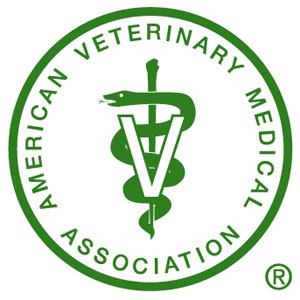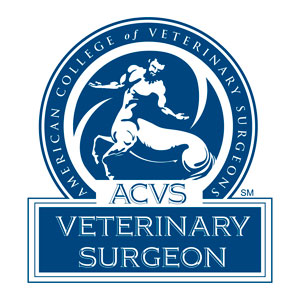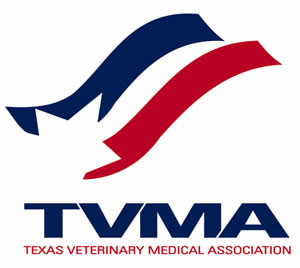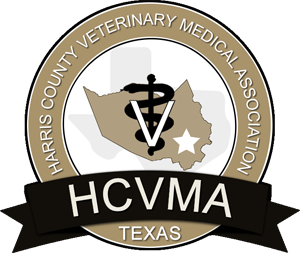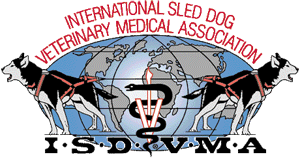Total Hip Replacement
 What is a total hip replacement (THR)?
What is a total hip replacement (THR)?
In the procedure of total hip replacement (THR), a veterinary orthopedic surgeon replaces a painful or damaged hip joint with an artificial one, called prosthesis. This procedure has been highly successful for both dogs and cats with hip dysplasia and other forms of advanced osteoarthritis in reestablishing normal function and a pain free joint for the patient.
What are the components made of?
Three components make up a canine THR; the femoral stem, the femoral head and the acetabulum. Each component comes in numerous sizes that can be mixed and matched to custom fit each individual patient. These components are comprised of titanium or cobalt-chrome stainless steel and ultra-high molecular weight polyethylene. Prostheses can be divided into cemented versus cementless (press-fit).
What is the difference between cementless and non-cemented?
Cemented total hip replacement uses bone cement and on-growth of bone once the implant is in place, whereas cementless (press-fit) technology utilizes precise initial implantation and in-growth (osteointegration) of bone once the implant is in place. Determination of which method to use is done upon examination of your companion and is dependent on many factors including the severity and duration of their arthritis.
 When is a total hip replacement indicated?
When is a total hip replacement indicated?
The surgeons at Global Veterinary Specialists have been involved in numerous total hip replacement surgeries during the past 20 years spanning many health issues. While these surgeries have been strictly controlled to both dogs and cats, the information below shows the need for total hip replacement surgery could be appropriate for any age, breed and weight:
-
1700 total hip replacement surgeries in the registry
650 total hip recipients followed for their lifespan after surgery
Over 50% of the clinical cases were bilateral THR’s
-
Implants for dogs and cats weighing from 4 pounds (2kg) to 180 pounds (80kg)
-
Implants for over 100 different breeds
-
Over 16 component sizes to ensure customized fit for each recipient
-
THR can restore dogs and cats to normal daily activity with pain-free function

Common Indications
The most common indication for performing a total hip replacement (THR) is relief of pain and limited function caused by severe degenerative joint disease secondary to hip dysplasia. However, other indications include:
-
Coxofemoral luxations which are not amendable to closed or open reductions.
-
Capital epiphyseal and femoral neck fractures that are not good candidates for repair.
-
Coxofemoral arthritis secondary to acetabular or femoral malunions
-
Avascular necrosis of the femoral head (Legg-Perthes Disease)
-
Painful previously performed femoral head ostectomies
Young dysplastic dogs (usually 6 months of age or less) that are referred to GVS are evaluated as possible reconstruction surgery candidates such as for a triple pelvic osteotomy (TPO). This procedure is only recommended if no secondary changes exist and if the femoral head reduces deep into a normal acetabulum. The joint is usually evaluated arthroscopically to be sure the hip is a good candidate. If not, total hip replacement is recommended.
What are the benefits of a total hip replacement?
The most apparent benefit to your companion undergoing a total hip replacement surgery is dramatic pain relief. Almost all of our patients go on to lead a normal, pain-free, life. Most of our patients have great results, including better range of motion and no limping, which allows them to enjoy virtually all of their previously enjoyed activities (some types of strenuous activity should be avoided). Endurance exercise is not a problem.
What is the success rate?
We measure the success rate of completed total hip replacement in terms of at least five years of follow-up. Every dog or cat that has undergone a THR is added to our patient registry. At this time, we expect over 95%, of these animals to continue to be fully functional for the next 10 years. Under normal circumstances, hip replacements do not “wear out” in the life span of dogs and cats.






